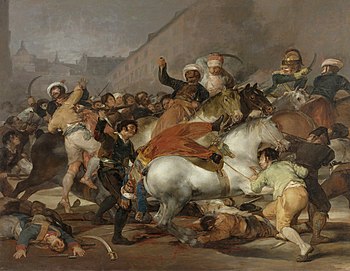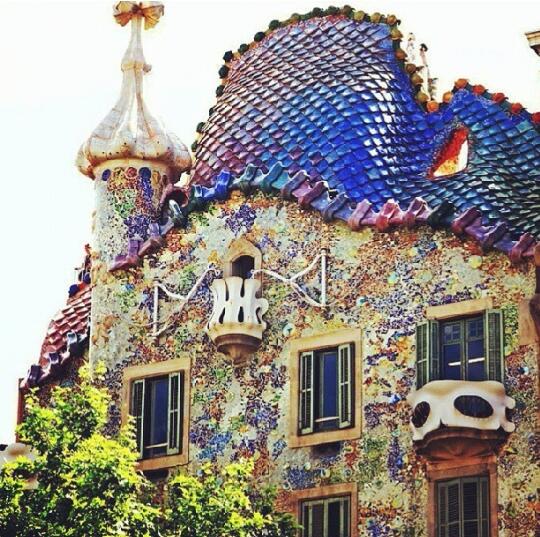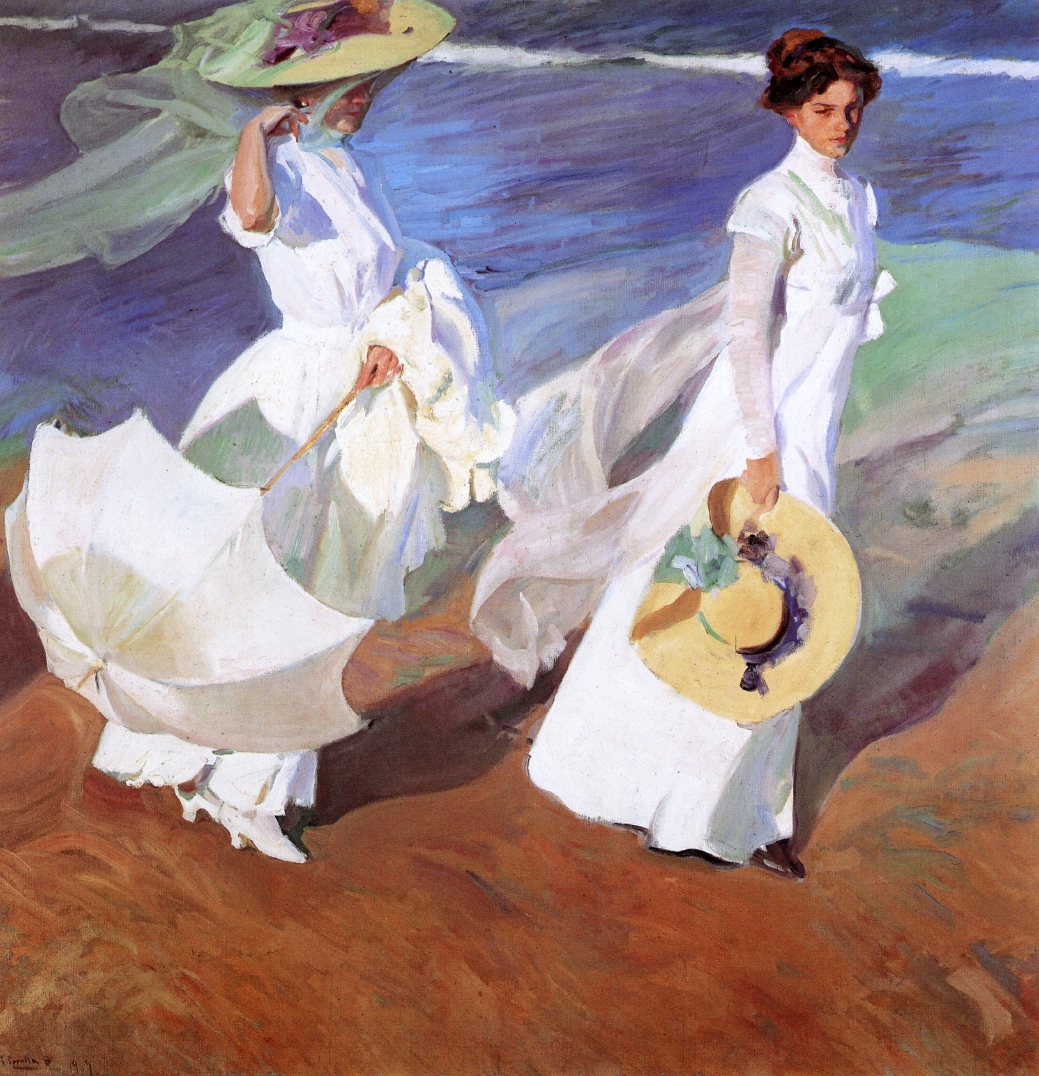Kahoot1 Comteporánea
Kahoot2
THE START OF THE WAR OF INDEPENDENCE
The French Revolution had a great influence in Spain and Europe, so it´s important to know some facts about it
And here you have another video
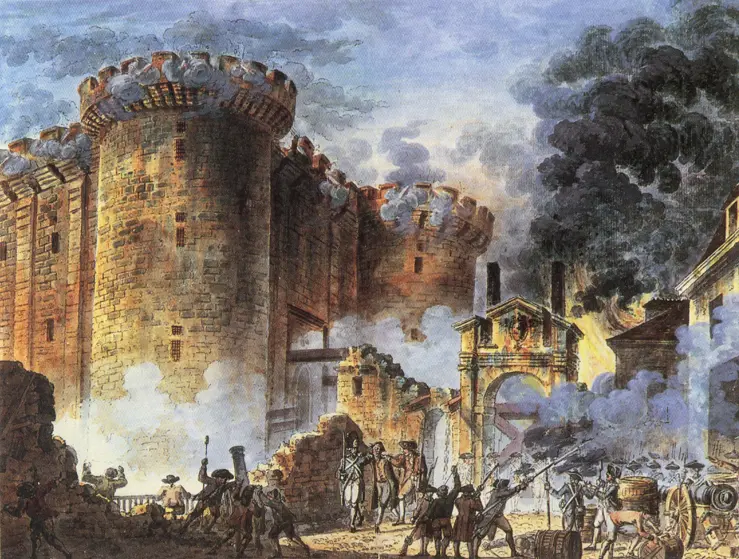 |
| La toma de la Bastilla en París. |
CARLOS IV AND HIS FAMILY (by Goya)
Discover this painting. It will give you some clues. Unfortunatelly it is in Spanish!
During the 18th century, the Spanish population became poorer and poorer. Wars had enormous costs, kings raised the taxes... On 17th and 19th March, 1808, the Riot of Aranjuez forced Carlos IV to abdicate. His son became the new king, Fernando VII.
To read more about this riot, please, click on the image.
You can also read about it in Spanish here.
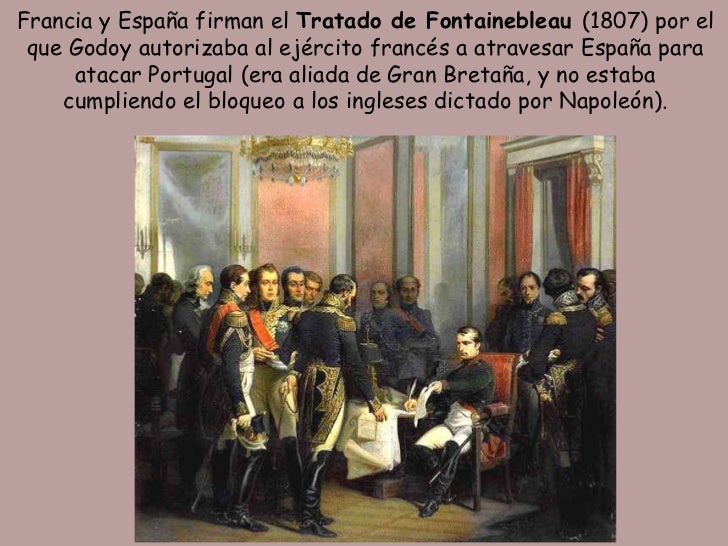
On 2nd May, 1808, an uprising in Madrid led to the War of Independence against France. Under Napoleon Bonaparte (the Emperor of France), the French army had occupied Spain.
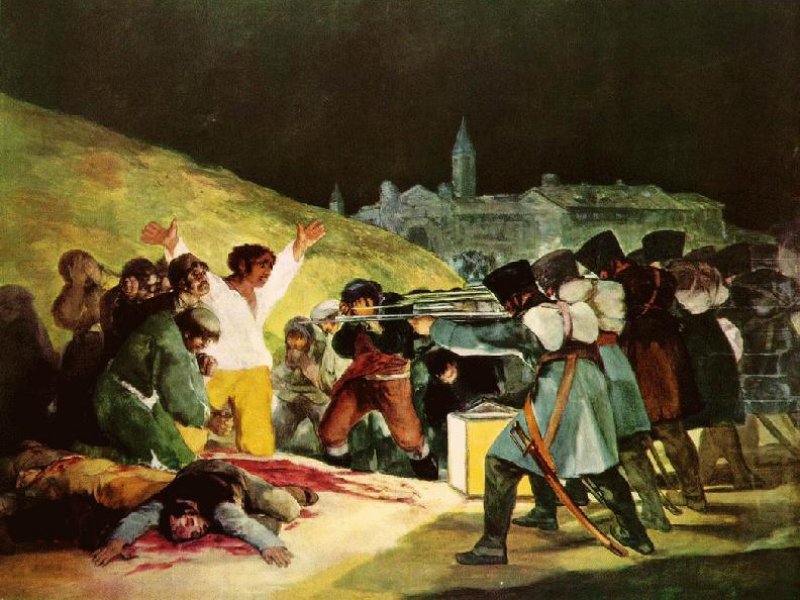
Continue reading about the 2nd of May, 1808, by clicking on this image.



